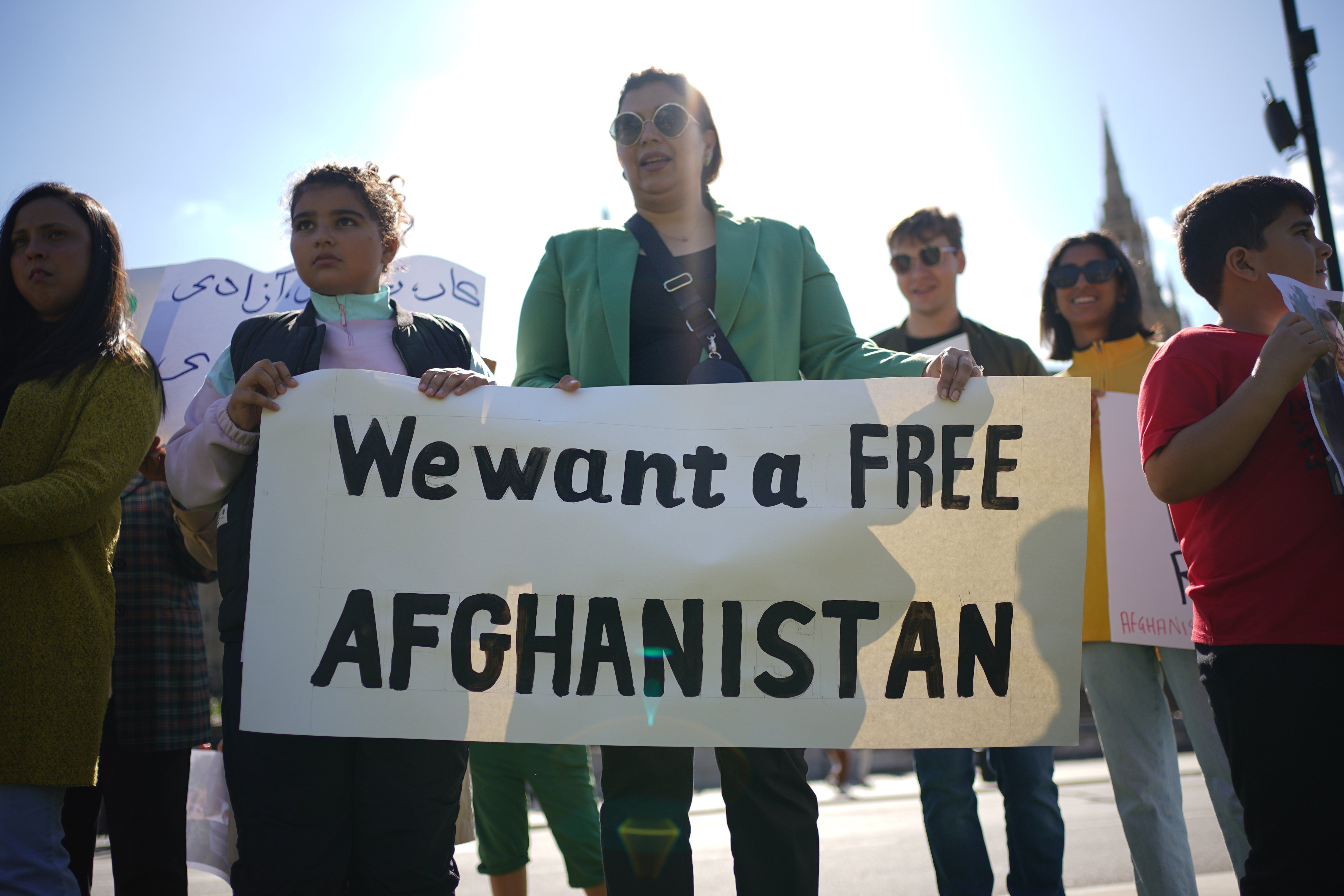In 2017, the Trump administration declared that the Islamic State in Syria and Iraq had been defeated. But a new UN report released this week claims that there are between 5,000-7,000 fighters across the Levant. And many more – around 11,000 – are ready to fight but remain locked up in northern Syria, according to the UN.
At the group’s peak around 2015, it’s estimated that there were around 30,000 fighters in Iraq and Syria. Still, the latest report suggests that the group has been able to regroup and recruit.
Crucially, however, it’s in Afghanistan that the capabilities and scope of the Islamic State affiliate known as ISIS-K are expanding at the fastest clip, with estimates that the group now commands up to 6,000 fighters.
Since the US withdrawal from Afghanistan exactly two years ago, ISIS-K has terrorized the Afghan population and repeatedly attacked Taliban positions. (For more on the ongoing beef between the Taliban and ISIS-K, both extremist Sunni groups, see our explainer here.)
The Taliban says it has been strengthening regional security, but Western intelligence agencies are increasingly concerned that a group that was once seemingly confined to the dustbins of history is slowly making a comeback.